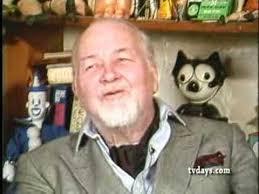James "Shamus" Culhane (November 12, 1908 – February 2, 1996) was an American animator, film director, and film producer. He worked for a number of American animation studios, including Fleischer Studios, the Ub Iwerks studio, Walt Disney Productions, and the Walter Lantz studio. He began his animation career in 1925 working for J.R. Bray studios, and is known for promoting the animation talents of his inker/assistant at the Fleischer Studios in the early 1930's, Lillian Friedman Astor, making her the first female studio animator. James Culhane was the only animator to work on all of the first four animated feature-length cartoons: Disney's "Snow White" (1937) and "Pinocchio" (1940); Max Fleischer's "Gulliver's Travels" (1939), and Dave Fleischer's "Mr. Bug Goes to Town" (1941). While at the Disney Studio and working on Hawaiian Holiday's crab sequence, he came up with an animation method that became known as the 'High-speed' technique. By using only the right side of the brain and animating with quick dashed-off sketches, without invoking the left side of the brain. He was a lead animator on Snow White and the Seven Dwarfs, animating arguably the most well-known sequence in the film, the animation of the Dwarfs marching home singing "Heigh-Ho". The scene took James Culhane and his assistants six months to complete.
James Culhane, later in his career, worked briefly in Chuck Jones's unit at Warner Bros, before moving on to being a director for Lantz, where he produced Woody Woodpecker's 1944 classic, The Barber of Seville, the cartoon famous for one of the first uses of fast cutting, after taking the idea from Sergei Eisenstein. At Lantz, he introduced Russian avant-garde influenced experimental art into the cartoons. In the late-1940's, he founded Shamus Culhane Productions (Culhane had gone by his birthname of James up until this point, before going by its Irish variant Shamus), one of the first companies to create animated television commercials. It also produced the animation for at least one of the Bell Telephone Science Series films. Shamus Culhane Productions folded in the 1960's, at which point Culhane became the head of the successor to Fleischer Studios, Paramount Cartoon Studios. He left the studio in 1967, and went into semi-retirement. James Culhane wrote two highly regarded books on animation: the how-to/textbook Animation from Script to Screen, and his autobiography Talking Animals and Other People. Since Culhane worked for a number of major Hollywood animation studios, his autobiography gives a balanced general overview of the history of the Golden Age of American Animation.
James Culhane also is credited in creating the animated characters as Krazy Kat, Betty Boop, Popeye, Pluto ("the essence of dog," Mr. Culhane called him), and Woody Woodpecker, whose surreal personality Mr. Culhane helped develop in a series of shorts he directed for Mr. Lantz in the 1940's.Culhane wrote two highly regarded books on animation: the how-to/textbook Animation from Script to Screen, and his autobiography Talking Animals and Other People. Since Culhane worked for a number of major Hollywood animation studios, his autobiography gives a balanced general overview of the history of the Golden Age of American Animation.
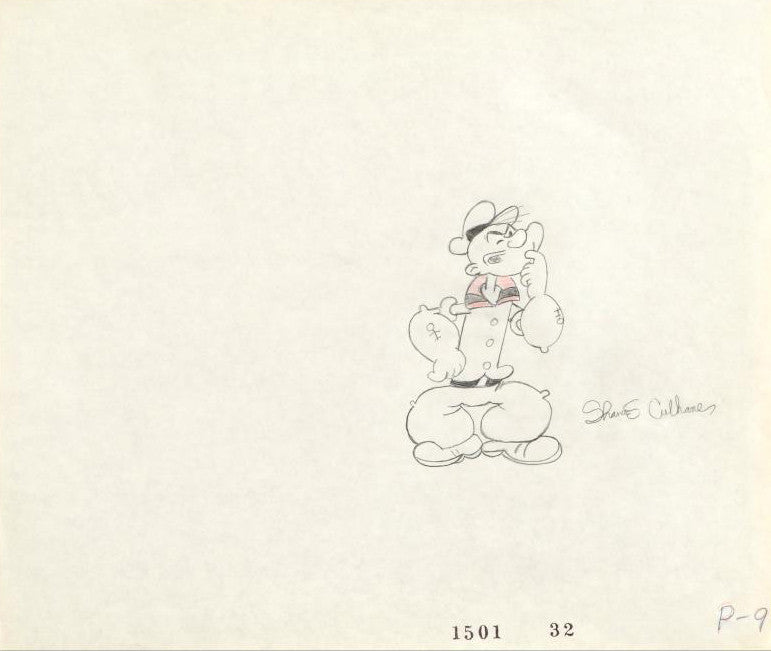
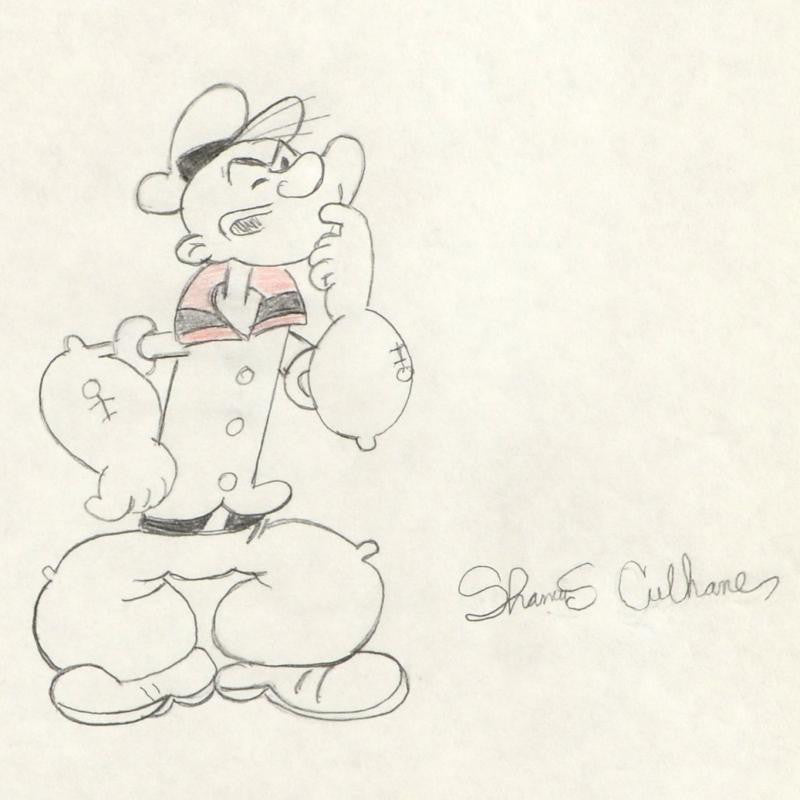 Vendor:Popeye - Original Pencil Production Drawing on Animation Paper by James Culhane (1908–1996)Art Deals
Vendor:Popeye - Original Pencil Production Drawing on Animation Paper by James Culhane (1908–1996)Art Deals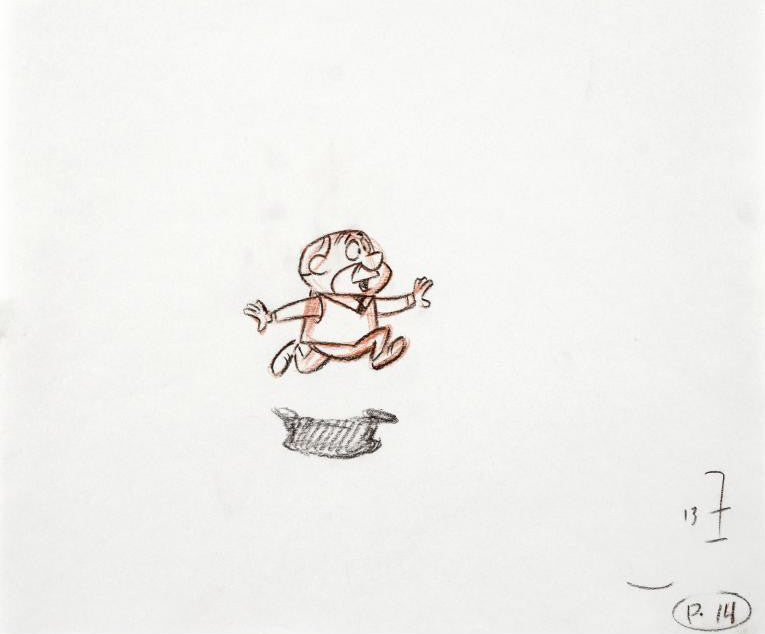
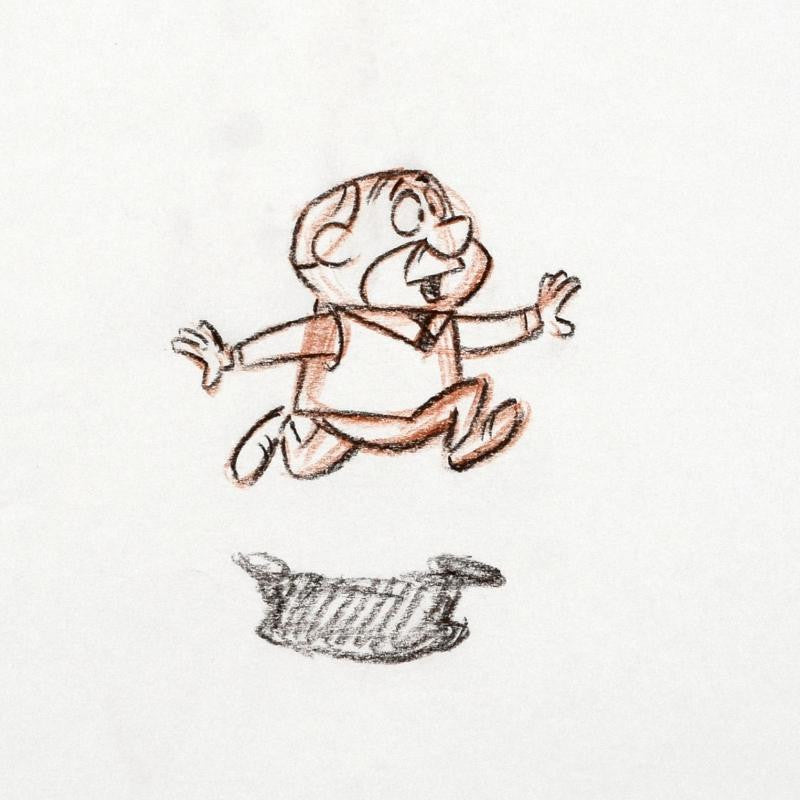 Vendor:Untitled Original Pencil Production Drawing on Studio Animation Paper by Walter Lantz (1899-1994)Art Deals
Vendor:Untitled Original Pencil Production Drawing on Studio Animation Paper by Walter Lantz (1899-1994)Art Deals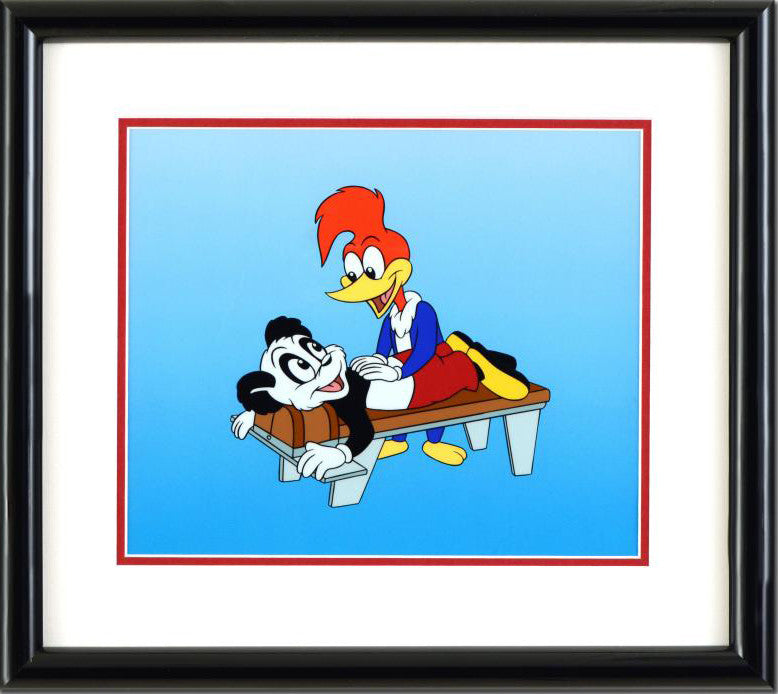
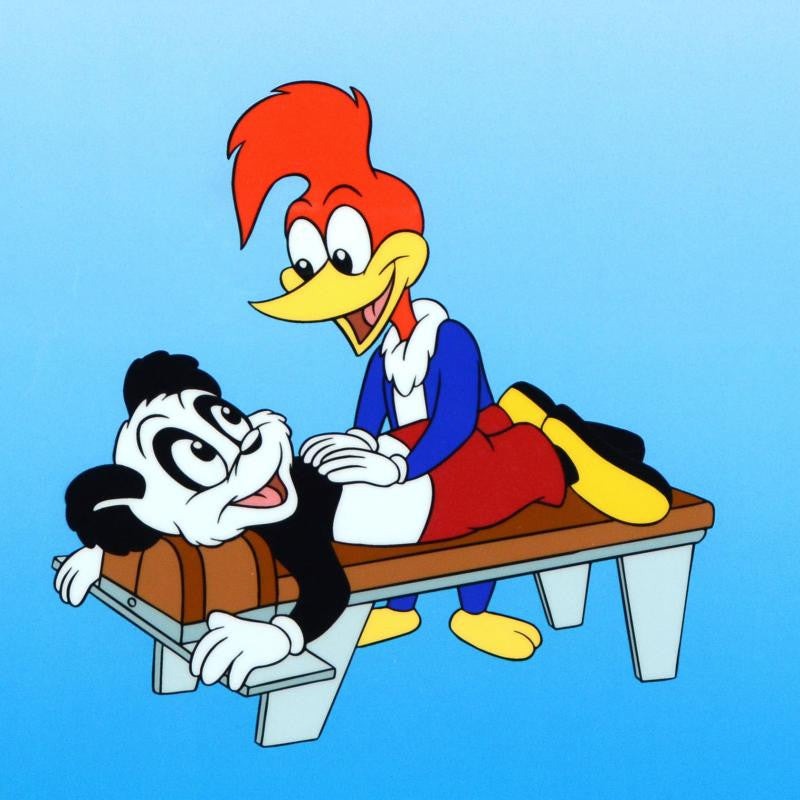 Vendor:Woody Woodpecker - Limited Edition Sericel by Universal Studios, Inc.Art Deals
Vendor:Woody Woodpecker - Limited Edition Sericel by Universal Studios, Inc.Art Deals

